Restoring trust between India and China for stability
- Update Time : Wednesday, January 15, 2025
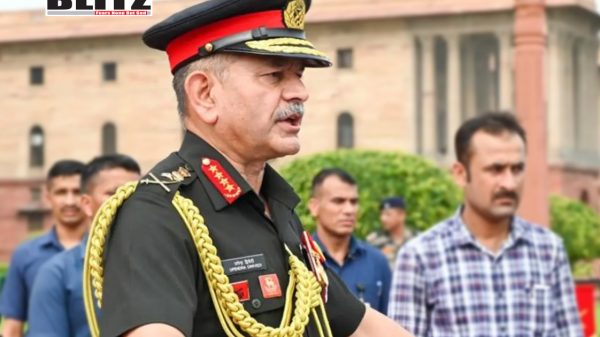
The Line of Actual Control (LAC), an informal boundary between India and China, has long been a source of tension. Despite efforts to disengage and de-escalate, the situation remains fragile. Indian Army Chief General Upendra Dwivedi described the border as “stable but sensitive” during a press conference on January 13 in New Delhi. His comments underscore the urgency of restoring mutual trust between the two nations to ensure lasting peace.
The border standoff along the LAC has persisted since 2020, when deadly clashes between Indian and Chinese forces erupted in the Galwan Valley. These confrontations marked a severe deterioration in relations, prompting both nations to fortify their military presence in the region. General Dwivedi acknowledged that despite the October 2024 disengagement agreement, a standoff-like situation continues to prevail.
“Troop deployment directly depends on the trust factor [between the two armies], and the capabilities have been created on [the] other side. The current capabilities across entail we will need to maintain the troop levels,” General Dwivedi stated. He noted that while disengagement steps had been taken, the deployment of troops remains high on both sides, reflecting a lingering mistrust.
Patrolling activities in areas such as Depsang and Demchok in Eastern Ladakh have resumed under the disengagement framework established in October 2024. General Dwivedi highlighted that two rounds of verification patrols have been conducted, with both sides expressing satisfaction. This progress demonstrates a cautious move toward stability; however, the broader challenges of building trust remain.
General Dwivedi emphasized the need to maintain troop levels during the harsh winter months. “For now, during winters, we are not looking at a reduction in troop levels along the line of actual control,” he said, suggesting that a reassessment could take place ahead of summer. This prudent approach reflects the Indian military’s awareness of the potential for sudden escalations.
The disengagement agreement was announced on October 21, 2024, just a day before the BRICS summit in Kazan, Russia. The timing of the agreement was strategic, with Indian Prime Minister Narendra Modi and Chinese President Xi Jinping holding a bilateral meeting on the sidelines of the summit. This dialogue marked a critical step in mending fractured relations, as both leaders expressed a commitment to de-escalation.
However, the road to rapprochement is fraught with challenges. The border standoff has deeply strained diplomatic and economic ties between the two nations. India has taken several economic measures in response to the tensions, including banning Chinese mobile apps, tightening scrutiny of Chinese investments, and imposing restrictions on electronics imports. These measures, while aimed at protecting national interests, have further complicated bilateral relations.
The prolonged border tensions have had significant economic repercussions. China remains one of India’s largest trading partners, but the conflict has led to a re-evaluation of economic dependencies. India’s restrictions on Chinese imports and investments are part of a broader strategy to reduce reliance on Chinese goods and services. These measures have impacted sectors ranging from technology to manufacturing, compelling Indian businesses to seek alternative suppliers and investors.
On the other hand, China’s economic interests in India have also suffered. Chinese companies face heightened regulatory scrutiny, making it challenging to operate in the Indian market. This economic decoupling could have long-term implications, not only for bilateral trade but also for regional economic stability.
Restoring trust between India and China is essential to resolving the border dispute and fostering regional stability. General Dwivedi’s call for both nations to “sit together and restore trust” highlights the importance of dialogue and cooperation. High-level meetings, such as the Modi-Xi bilateral discussion, play a crucial role in setting the tone for future negotiations.
Confidence-building measures (CBMs) could help in de-escalating tensions. These include joint military exercises, transparent communication channels, and agreements on mutual troop withdrawals. Both nations need to prioritize CBMs to prevent misunderstandings and reduce the risk of conflict.
The international community also has a role to play in facilitating dialogue between India and China. Multilateral forums such as the United Nations, BRICS, and the Shanghai Cooperation Organization (SCO) can serve as platforms for mediation and conflict resolution. By leveraging these institutions, both nations can work toward a peaceful resolution while demonstrating their commitment to regional and global stability.
While disengagement along the LAC is a positive step, it is not a panacea for the deep-seated issues that plague India-China relations. Trust cannot be built overnight, and both nations must commit to sustained dialogue and cooperation. Addressing the root causes of the conflict, such as territorial disputes and mutual suspicions, is crucial to achieving a lasting resolution.
The situation along the LAC serves as a reminder of the fragile nature of peace in the region. For India and China, the path to restoring trust will require not only diplomatic engagement but also a willingness to make compromises and build a framework for peaceful coexistence. As General Dwivedi aptly noted, the restoration of trust is the key to reducing troop deployments and ensuring long-term stability.
The border standoff between India and China is a complex and sensitive issue that requires careful handling. While recent disengagement efforts signal a willingness to de-escalate, the underlying mistrust remains a significant barrier to peace. By prioritizing trust-building measures, engaging in high-level diplomacy, and leveraging international institutions, both nations can work toward a resolution that benefits not only their own citizens but also the broader region. The stakes are high, and the need for action is urgent. Restoring trust is not just an option; it is an imperative for peace and stability in Asia.


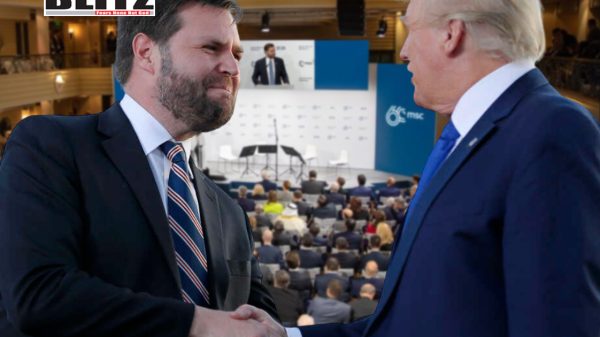

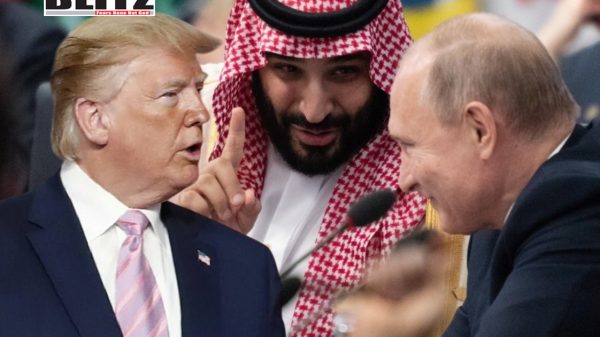
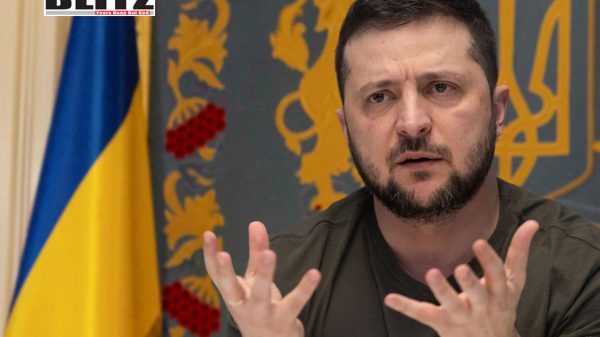

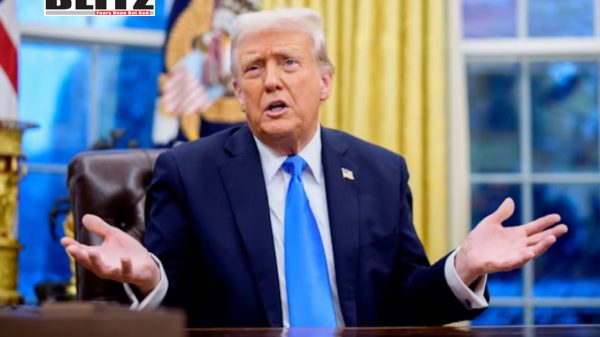

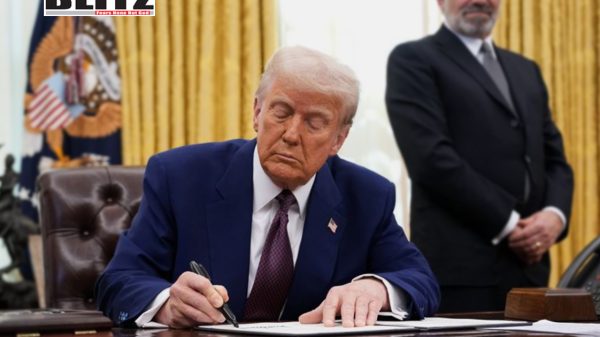




Leave a Reply